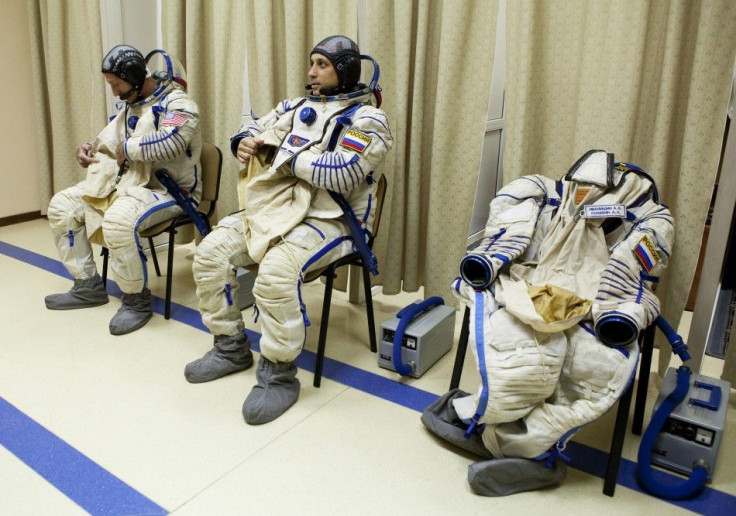U.S. Running Out of Astronauts: NRC

A new report warns that the United States is running out of astronauts and NASA's current staffing plans are insufficient to maintain its presence on the International Space Station and prepare for the next generation of spaceflight.
NASA should take steps to ensure that it maintains a highly trained corps to meet International Space Station (ISS) crew requirements while accounting for unexpected attrition or demands of other missions, argues a new report from the National Research Council (NRC).
The number of astronauts employed by NASA has clearly been downgraded over the years from about 150 in the mid-1990's to about 61 individuals in 2011. Observers expect the agency to lose another half-dozen as a number of space shuttle pilots retiring along with their vehicle just this year.
NASA estimates that it will need a minimum 55 to 60 astronauts over the next five years, during which time their main task will be keeping the space station running.
NASA requested the NRC last year to look at the role and size of the astronaut corps during this transition time. Acting on the request the 13-member panel headed by Joe Rothenberg warned that the number is too low to keep up with future demands.
With the retirement of the shuttle program and the uncertainty during the transition to a fully operational ISS, it's even more important that the talent level, diversity, and capabilities of the astronaut office be sustained, said Joe Rothenberg, co-chair of the committee that wrote the report and a former senior NASA official now with the SSC.
The report also found that while the retirement of the space shuttle has reduced many of the training requirements for NASA, astronauts operating the ISS imposed new requirements that take years of training. Astronauts must now be familiar with European, Japanese and Russian stations modules and equipment, according to the research.
Astronaut health, especially over long-duration flights, is another factor that points to staffing needs.
“Thirteen astronauts have become medically ineligible for long-duration missions after being assigned to a mission but before they could actually fly, making clear the need for adequate replacement staff with a range of skills. Also, due to a variety of medical conditions including vision problems, bone loss, physical injuries, or radiation exposure, not all astronauts returning from long-duration missions will re-qualify for ISS missions,” the National research council wrote.
The report also stresses the need for NASA to retain its crew-related ground facilities in the post-shuttle era, including the astronaut corps' fleet of T-38N Talon two-seat training aircraft.
Emergency response in an aircraft environment has been shown to ready astronauts for anomalies in actual spaceflight, the report says.
© Copyright IBTimes 2024. All rights reserved.





















